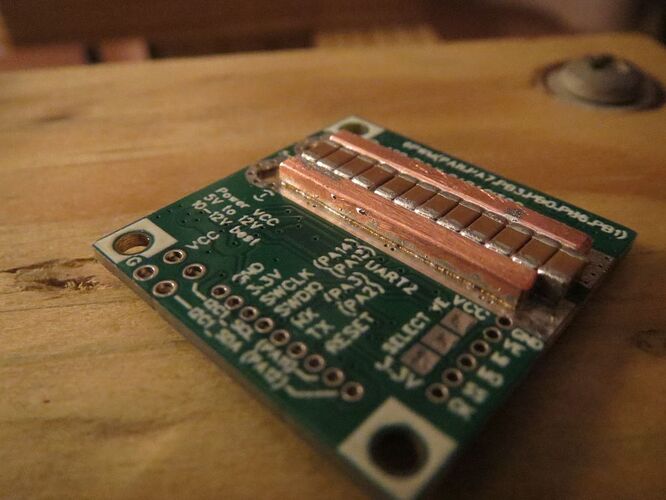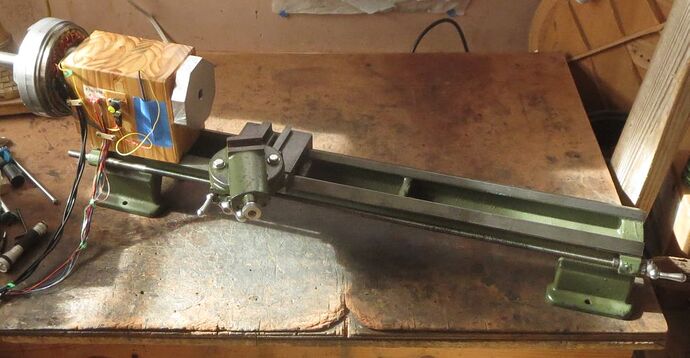Those boards are tiny. They could potentially be used for PNP head actuator for rotating the part while the linear motion is pneumatic, air controlled, piston w. linear magnetic encoder. I remember back when I was engaged in the PNP community someone mentioned pneumatic linear control as a superior route. It still needs to rotate though, and the part has to be picked by vacuum, maybe even blown off, although the paste does grab the part. The part is analyzed by the up looking cámara w. Visual recognition for offset and rotation. It’s not safe to just rely on pick-up-coordinate and theoretical orientation, or maybe some parts like small Caps and resistors could work with a 0.1mm tolerance.
Pneumatic control is an entirely different ballgame, I know, I know. But perhaps PWM control is needed for that kind of piston/valve movement
Maybe we can 3d print the valve/piston housing and more or less just use basic coils with a well defined spring to counter the force (make it easier to control)
I’m afraid I have to Excalibur this a bit. Maybe it doesn’t need to be so complicated. What if, like when changing nozzle, the part could be rotated while being looked at by the up-looking cam. So the rotating mechanism/actuator would not need to be part of the head, but kind of like a robotic hand, nodging the part into the right angle. When rotated the cam then “sees” the offset, if any, and then moves on to the next part already picked (head w. eg. 10 linear pneumatic actuators). All controlled by SimpleFoc! 
And OpenPnP of course…
Sometimes ideas like these has to be digested through some subconscious deep-dive (sleep). I think I’ve got it. So when the part has peen picked, and are ready for visual inspection by the up looking cam. The actuator plunges into a camera housing where the “entrance” is a soft maybe rubber BLDC roter. The actuator has a linear encoder attached so the movement is tightly controlled but still the “entrance” has some bounce/spring. So it’s rotating the part, if necessary, by friction while the actuator is resting on the soft rotor while the part is inside the housing for visual inspection. Tada 
Large parts, like larger then the rotating entrance, would maybe need a small independent motor (stepper or bldc) but since 98% of the parts will fit inside the custom housing, only one of the linear actuators/PNP-nozzles will need it. Compared to 10 motors on the head this makes a huge difference.
This entails having two up-looking cameras, but that is actually not such a bad idea, because the camera inside the “custom housing” can have a close look at smaller parts (fixed focal length) and the other up-cam can “see” the larger parts in its view. Remember 0402 are really tiny. Having the same camera with fixed focal length look at 0402 caps and large MCUs may cause some detail issues or said in other words, if the cam has a close look at 0402 the visual recognition is smoother.
Maybe it does not need to be friction, but large “gears” which would need some clever code to match up when “docking”











